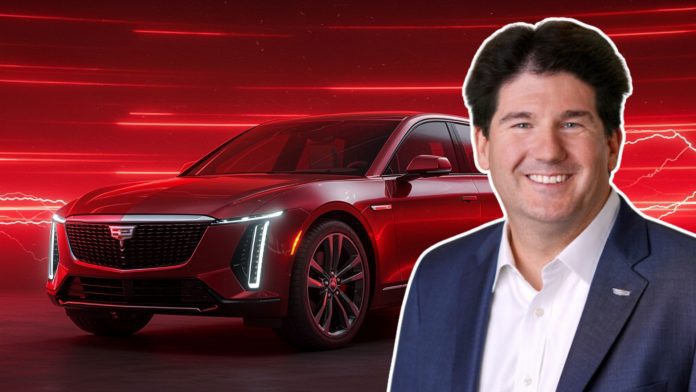General Motors (GM) is pressing forward with Cadillac’s all-electric strategy despite the looming expiration of the $7,500 federal EV tax credit at the end of September. Cadillac Vice President John Roth said the automaker anticipated the legislative changes and is preparing for a future without the incentive. Cadillac has introduced seven new electric models so far in 2025 and recorded a 15% sales increase in the second quarter, signaling strong momentum even as tax-related tailwinds begin to fade.
Here’s why it matters:
The loss of EV tax credits is likely to affect customer affordability, dealership sales funnels, and lease structures as we move into the fourth quarter. Cadillac’s EV expansion offers fresh product opportunities, but dealers will need to manage shifting buyer expectations and emphasize new value propositions. The company’s U.S.-based manufacturing and luxury positioning may help offset some of the anticipated slowdown.
Key takeaways:
- Tax credit loss prompts strategy shift
Cadillac is adjusting final quarter plans to account for the removal of federal EV incentives under President Trump’s new tax law. - Seven EVs launched in 2025
Models include the Lyriq V, Optiq and Optiq V, Escalade IQ and IQL, Vistiq, and the flagship Celestiq. - Q2 Cadillac sales rose 15%
The brand delivered 44,347 vehicles during the second quarter, boosted by the new EV lineup and refreshed gas models. - U.S. manufacturing cited as brand strength
Aside from the Mexico-built Optiq, all Cadillac vehicles are produced in the United States. - EV leadership claim excludes Tesla
Cadillac does not include Tesla in comparisons, citing differences in pricing structure and market approach.




